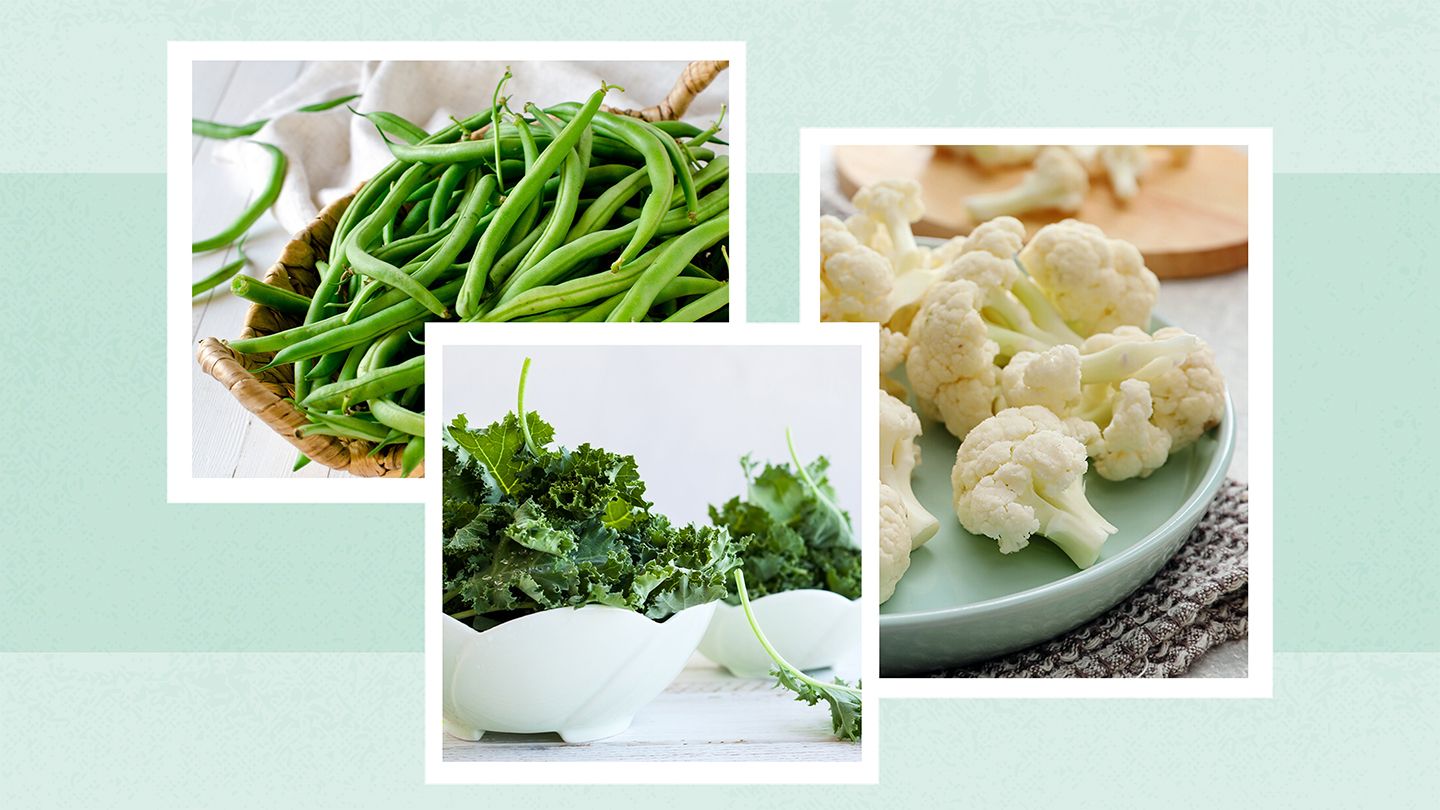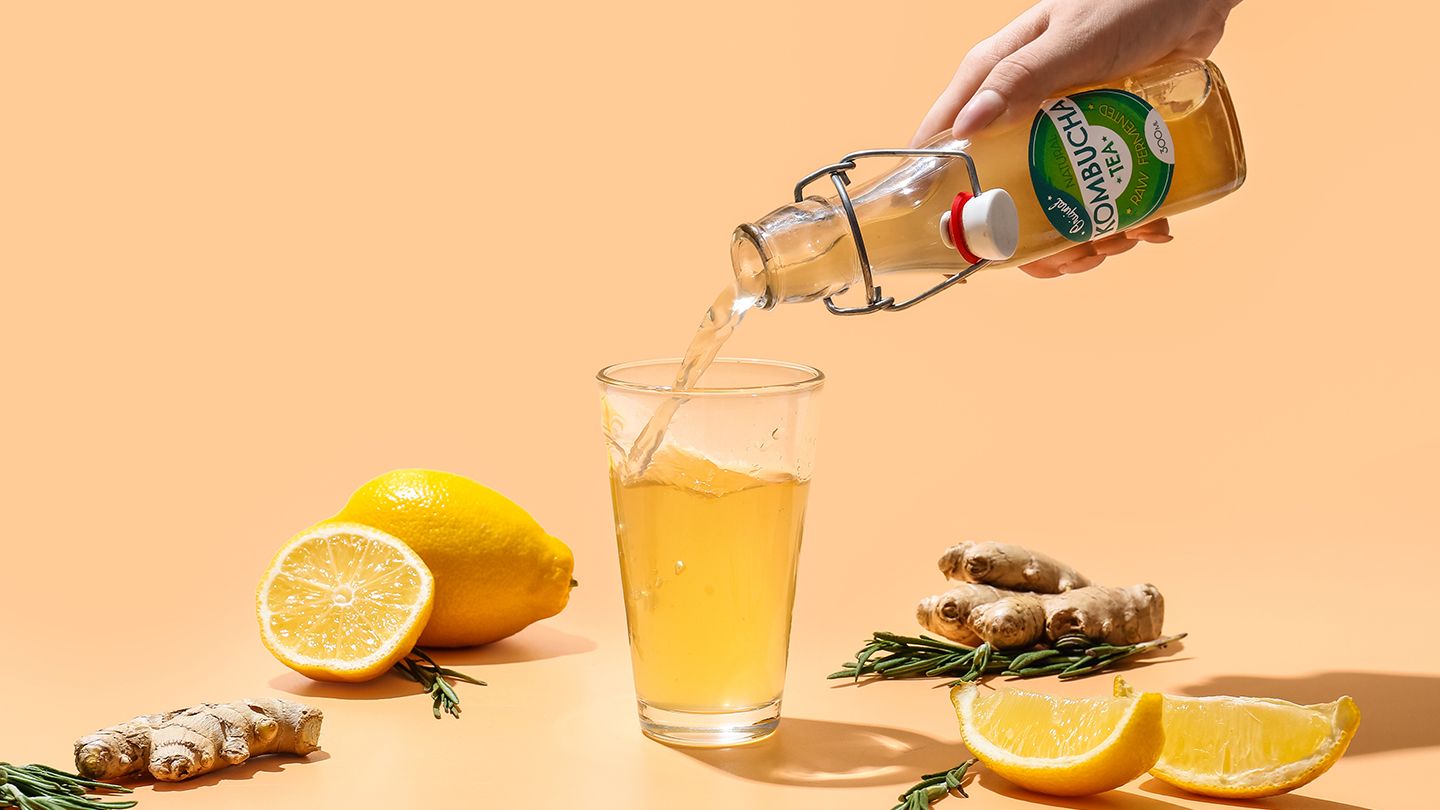An Introduction to Corn and Its Nutritional Value
Corn is a popular vegetable grown around the world. It can be eaten fresh, canned, frozen, or dried and ground into cornmeal. Many people enjoy corn on the cob, especially in the summer months when corn is freshly harvested.
But how many calories does corn contain? And is it a nutritious addition to your diet?
Corn is primarily composed of carbs and contains small amounts of protein and fat. A medium ear of corn on the cob (6-7 inches long) contains around 100 calories.
Here is the nutrition breakdown for a medium ear of corn on the cob:
- Calories: 96
- Carbs: 21 grams
- Fiber: 2 grams
- Sugar: 5 grams
- Protein: 3 grams
- Fat: 1 gram
Corn is high in fiber, folate, magnesium, phosphorus, manganese, selenium and several B vitamins. It also contains antioxidants like lutein and zeaxanthin which are beneficial for eye health.
Factors That Influence Calorie Content
Several factors affect the calorie and nutrition content of corn on the cob:
Size of the Ear
Larger ears that are longer and thicker will contain more calories and carbs than smaller, thinner ears of corn.
For example, a small ear around 4-5 inches long provides about 60-70 calories. A jumbo ear 8-9 inches long packs 130-150 calories.
Kernel Maturity
The maturity of the corn kernels also impacts nutrition. Immature sweet corn has higher sugar content while mature field corn is starchier.
Sweet corn tends to be lower in calories with around 70-80 calories per average ear. Field corn has about 100-110 calories per average ear.
How It's Prepared
The way you cook and prepare corn affects its calorie content:
- Raw: No calories added
- Grilled: Minimal calories from oil or seasoning
- Boiled: Absorbs water so becomes lower calorie
- Buttered: 45-60 more calories per tablespoon of butter
Avoid cooking corn in high calorie ingredients like bacon grease or heavy cream-based sauces which can double or triple the calories.
Added Ingredients
Serving corn on the cob plain or with herbs and spices won’t add many calories. But dipping it in high calorie sauces or cheeses adds more calories:
- 1 tbsp mayo: 90 calories
- 1 tbsp butter: 100 calories
- 2 tbsp cheddar cheese: 80 calories
Calorie Comparison Between Corn and Other Foods
Comparing corn to other foods can also give you a better sense of its calorie content:
- Medium apple: 95 calories
- Medium banana: 105 calories
- 1 cup blueberries: 84 calories
- 2 cups popcorn: 100 calories
As you can see, a medium ear of corn has a similar number of calories as other fiber-rich fruits and vegetables as well as popcorn.
Corn in Low Carb and Keto Diets
Low carb and ketogenic diets restrict daily carb intake to under 50 grams or even as low as 20-30 grams.
Since a medium ear of corn provides around 21 grams of carbs, eating just one ear could max out your daily limit on very low carb diets.
Here are some tips for incorporating corn on low carb and keto diets:
- Enjoy raw kernels cut off the cob rather than eating the entire ear
- Measure your portions to keep servings under 10 grams of net carbs
- Pair it with lower carb foods like grilled chicken or steak
- Save it for an occasional higher carb day if doing strict keto
Does Corn Impact Blood Sugar Levels?
Corn has a moderate glycemic index of 48, which is lower than many other grains. Foods with a glycemic index under 55 are considered low glycemic.
This means corn shouldn’t cause major spikes in blood sugar levels compared to foods like white bread or rice.
However, those with diabetes still need to watch portion sizes as the total carb grams still impact blood sugar. Spreading out corn over a meal and pairing it with fiber, protein and healthy fats can also help moderate blood sugar response.
Popcorn and Corn Nutrition
Popcorn is a popular low calorie snack made from dried corn kernels. It's high in fiber, low in fat and contains more polyphenol antioxidants than fruits and vegetables.
Here is the nutrition breakdown for 3 cups of air-popped popcorn, which is about the size of a large bag at the movie theater:
- Calories: 93
- Carbs: 19 grams
- Fiber: 4 grams
- Protein: 3 grams
- Fat: 1 gram
Microwavable and movie theater popcorn tend to be higher in calories due to how they’re prepared. The calories can range from 150-600 in a large bucket!
Dried cornmeal is another way to consume corn. A 1⁄4 cup (36 grams) of dry cornmeal contains:
- Calories: 120
- Carbs: 24 grams
- Fiber: 2 grams
- Protein: 3 grams
Dry cornmeal is used to make cornbread, corn tortillas, polenta, grits and many other dishes. Be mindful of portion sizes, as a little goes a long way in terms of calories and carbs.
Benefits of Adding Corn to Your Diet
Here are some of the top benefits of enjoying corn in moderation:
High in Antioxidants
Corn contains beneficial plant compounds like lutein and zeaxanthin. These antioxidants help prevent eye diseases like macular degeneration and cataracts.
May Lower Cancer Risk
Research shows diets high in lutein and zeaxanthin are linked to a lower risk of lung and colon cancer. The carotenoid antioxidants in corn may provide anti-cancer benefits.
Supports Heart Health
Compounds in corn may help lower LDL cholesterol levels and reduce inflammation, lowering heart disease risk. However, moderation is key.
High in Fiber
A medium ear of corn provides 14% of your daily fiber needs. Fiber promotes healthy digestion and may lower blood sugar and cholesterol levels.
Contains Vitamins and Minerals
Corn provides folate, magnesium, vitamin C, phosphorus, manganese and more. These nutrients support energy levels, bone health, immunity and cell function.
Potential Downsides to Consider
Here are a few drawbacks to keep in mind when adding corn to your diet:
High Glycemic Index If Overripe
While fresh sweet corn has a moderately low glycemic index, letting corn become overripe increases its glycemic index to above 70.
Can Spike Blood Sugar
Even though corn has a low glycemic index, its high carb count per serving can spike blood sugar in
FAQs
How many calories are in grilled corn on the cob?
Grilled corn has minimal added calories from oil or seasonings, averaging around 100 calories per medium ear, similar to boiled corn.
What is the lowest calorie way to prepare corn?
Enjoying corn raw right off the cob is the lowest calorie option. Boiling or grilling with minimal added fat are also low calorie cooking methods.
Is corn keto friendly?
It's best to limit corn on strict keto diets due to the carb content. Have small portions occasionally or try riced cauliflower as a lower carb substitute in recipes.
Does corn raise blood sugar?
Corn has a low glycemic index, but the total carbs can spike blood sugar. Pair with protein and watch portions to help moderate blood sugar response.
Is popcorn lower in calories than corn on the cob?
Yes, 3 cups of air-popped popcorn has about 90 calories compared to 100 calories in an ear of corn. But movie theater popcorn is much higher in calories.
Disclaimer: This article is for informational purposes only and does not constitute medical advice. Always consult with a healthcare professional before starting any new treatment regimen.
Related Coverage
Discover if garlic powder is keto-friendly and how to incorporate it into your low-carb lifestyle. Explore the nutritional profile, keto-friendly recipes, and a delicious microwave keto garlic bread recipe....
Stay in ketosis and satisfy fast food cravings with these tips for ordering keto-friendly menu items at Sonic Drive-In, including meal ideas....
Rather than constantly chasing time, tune into the full spectrum of daily emotions without judgement. Meaning and connection emerge when we live presently....
Explore the low-carb content of cognac and learn how to enjoy this luxurious brandy while maintaining a ketogenic lifestyle. Discover tips for savoring cognac in moderation and selecting high-quality options....
Looking for the top low carb and keto cookbooks for 2023? Discover our picks for the best keto diet books for beginners, including meal plans and visual recipes....
If you need to know how many ounces are in a single cup of broccoli florets or stalks, this serving size guide breaks down the typical weight and nutrition info per ounce....
Many bugs like fleas, bed bugs, carpet beetles, and spider mites resemble ticks. Learn how to tell them apart along with precautions for suspected tick look-alikes....
Field peas contain 20 grams of digestible carbs per cooked cup. Learn whether these versatile legumes can align with keto diets and find suitable low-carb vegetable swaps....
Stay cozy and satisfied this winter with delicious keto-friendly hot drinks like spiced tea, bone broth, hot chocolate, blended coffee, herbal tea and more....
Discover how many calories are in different sizes of cheddar cheese slices. See how it compares to other cheeses and get tips for enjoying cheddar guilt-free....









